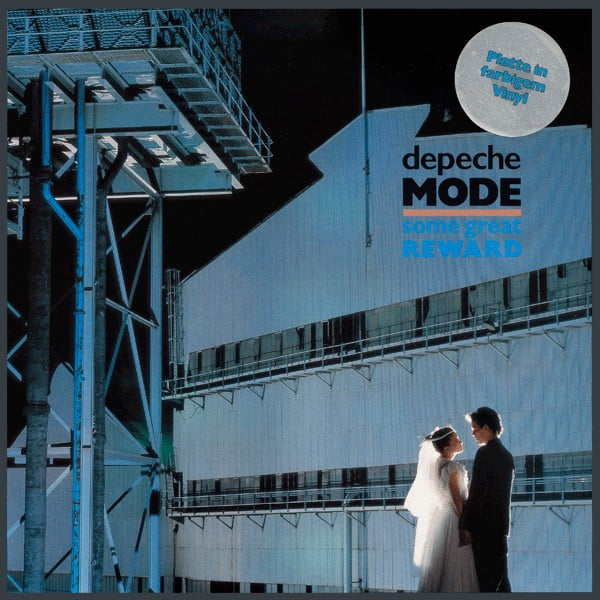New Wave Music History – New wave music is a broad subgenre of rock ‘n’ roll that combines elements of punk rock, mainstream pop music, art rock, synth pop, funk, and reggae. New wave bands largely emerged during the punk and post-punk eras of the late 1970s and early 1980s, but their influence prevailed throughout many decades of pop rock.
https://www.masterclass.com/articles/new-wave-music-guide
New wave is a genre of music that encompasses pop-oriented styles from the late 1970s and the 1980s. It is considered a lighter and more melodic “broadening of punk culture” that usually includes the use of synthesizers.It was originally used as a catch-all for the various styles of music that emerged after punk rock, including punk itself. Later, critical consensus favored “new wave” as an umbrella term involving many popular music styles of the era, including power pop, synth-pop, alternative dance, and specific forms of punk rock that were less abrasive. It may also be viewed as a more accessible counterpart of post-punk.
https://en.wikipedia.org/wiki/New_wave_music
New wave emerged onto the music scene in the late 1970’s as a subset of rock music. It was a term coined by music critics to refer to bands who were new on the scene and not quite creating punk rock, but still possessed the individuality and irreverence of bands in that genre. By the end of the 1970’s new wave was the standard term for bands emerging in the underground rock scene in the UK.
In the states, radio stations and venues began using the term new wave thinking that using punk rock would effect sales. Some of the first bands to play CBGB in New York under the classification of new wave included The Talking Heads and Blondie.
In other countries, like Germany, the music was becoming more reliant on synthesizers, creating a sub-genre called Krautrock, which would eventually have a large impact on the music created under the genre new wave.
The first new wave song to chart in the US was “Cars” by Gary Numan in 1980. It popularized synthesizer dance music and also created the sub-genre of synth pop.
As a result of its success, new wave began to be used to classify countless acts in the early 1980’s, sprung on by the success of MTV and popular films. Bands like Duran Duran, Billy Idol, Depeche Mode, The Cars and more dominated television and radio.
Part of new wave’s success was that unlike its predecessor, punk, it had no political ties. It was fun, romantic, vivacious music which was easy to dance to and appealed to the youth of the time. Much like punk, there was a visual style that often accompanied new wave artists’ music.
https://www.rockinflux.com/news/2019/5/9/the-history-of-new-wave-and-why-we-love-it




